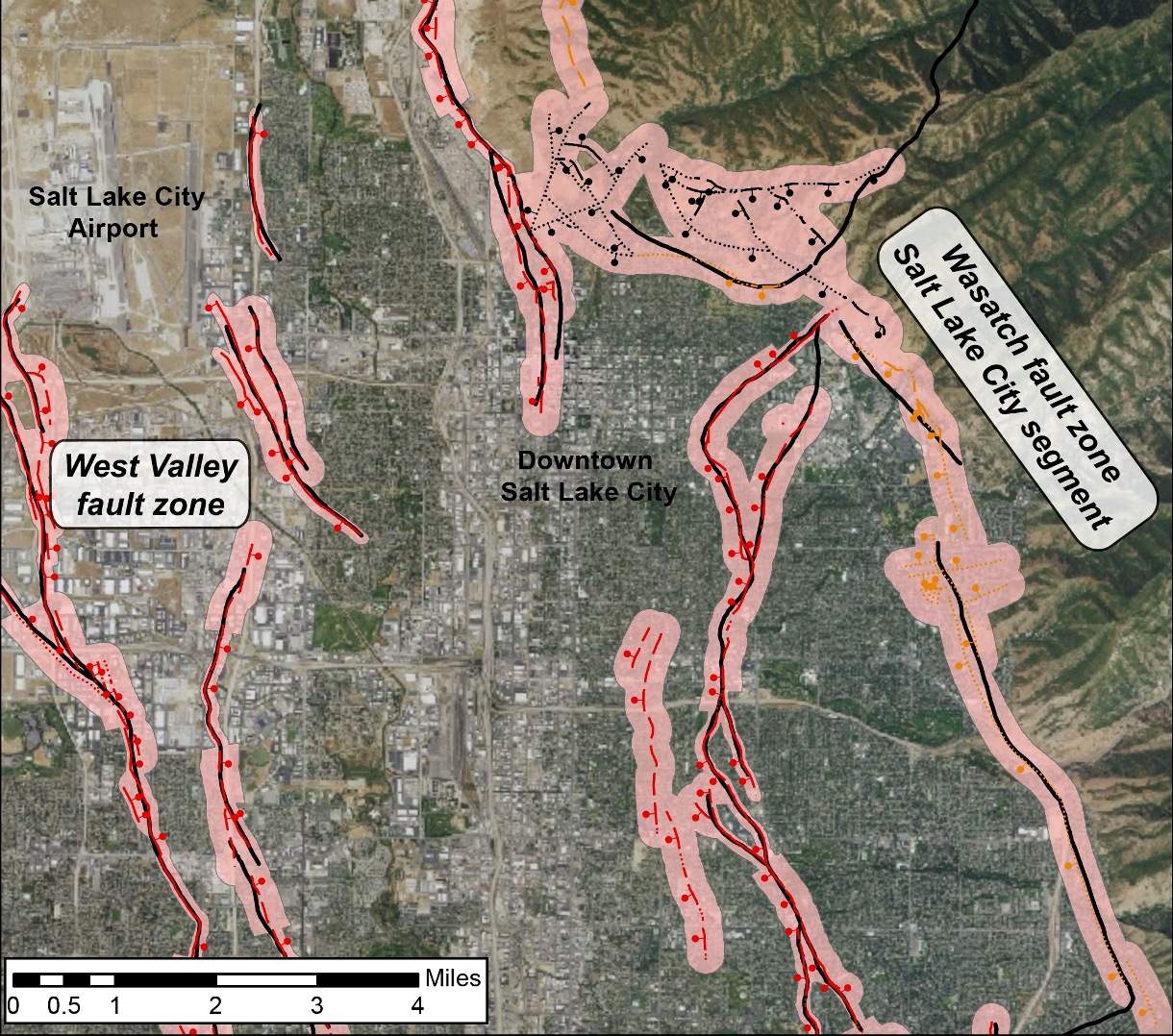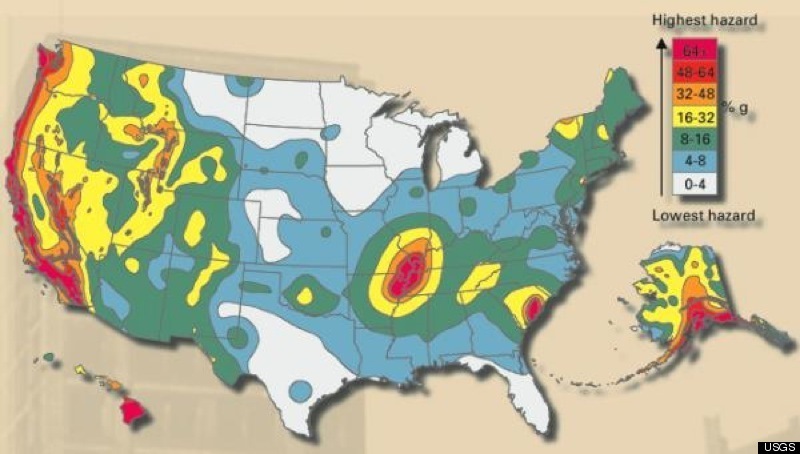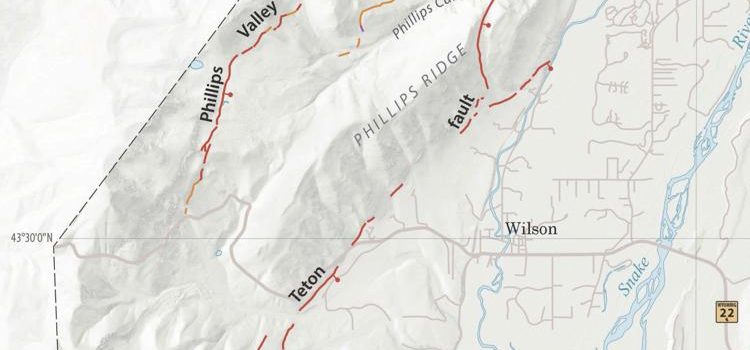Geological Context

The new fault line in Wyoming is a result of complex geological processes that have shaped the region over millions of years. The area lies within the Rocky Mountain foreland, a region characterized by thrust faults and folds formed during the Laramide orogeny, a period of mountain building that occurred between 70 and 40 million years ago.
The discovery of a new fault line in Wyoming, a land known for its vastness and untamed beauty, serves as a poignant reminder of the ever-changing nature of our planet. As we delve into the intricacies of the Earth’s crust, we find ourselves drawn to the realm of sports, where the Connecticut Sun and Phoenix Mercury battle for supremacy on the basketball court.
Yet, amidst the thrill of competition, the Wyoming fault line echoes in our minds, reminding us of the delicate balance between stability and transformation.
The fault line is a result of the ongoing collision between the North American and Pacific plates. As the Pacific plate moves westward, it is subducting beneath the North American plate, creating a zone of weakness in the Earth’s crust. This weakness allows magma to rise to the surface, forming volcanoes, and creates stresses in the crust that can lead to earthquakes and faulting.
The recent discovery of a new fault line in Wyoming has sparked concerns about its potential impact on the region’s seismic activity. While the full extent of its implications is yet to be determined, it is worth noting that the ongoing debate surrounding the pros and cons of the WNBA may provide valuable insights into how we approach such complex issues.
As with the fault line, the WNBA debate highlights the need for careful consideration of all perspectives and the importance of finding common ground to address the challenges that lie ahead.
Tectonic Setting, New fault line in wyoming
The tectonic setting of the region is characterized by the presence of several major fault systems, including the North American Cordillera, the Rocky Mountain foreland, and the Great Basin. The North American Cordillera is a complex system of mountain ranges and valleys that extends from Alaska to Mexico. The Rocky Mountain foreland is a region of thrust faults and folds that lies east of the North American Cordillera. The Great Basin is a region of extensional faulting that lies west of the Rocky Mountain foreland.
Characteristics of the Fault
The new fault line is a strike-slip fault, which means that the two sides of the fault move horizontally past each other. The fault is approximately 20 kilometers long and trends northeast-southwest. The fault is capable of producing earthquakes with a magnitude of up to 7.0.
Impact on the Landscape

The newly discovered fault line in Wyoming has significant implications for the surrounding landscape. It has the potential to reshape the topography, alter drainage patterns, and pose hazards to the local environment and communities.
Topographic Changes
The fault line can cause uplift or subsidence of the land on either side of the fault. This vertical displacement can create new hills, valleys, or plateaus, altering the overall topography of the region. The fault can also lead to the formation of scarps, which are steep slopes or cliffs that mark the surface expression of the fault.
Drainage Patterns
The fault line can disrupt existing drainage patterns by creating barriers or redirecting water flow. This can lead to the formation of new streams, lakes, or wetlands, as well as the drying up of existing water bodies. The altered drainage patterns can also impact the local ecosystem and water resources.
Hazards
The fault line poses several potential hazards, including:
- Landslides: The fault can weaken the surrounding rock, making it more susceptible to landslides. These landslides can damage infrastructure, block roads, and pose a threat to human life.
- Earthquakes: The fault can generate earthquakes, which can cause ground shaking, damage buildings, and trigger landslides.
Long-Term Implications
The fault line will continue to shape the landscape of Wyoming over the long term. The ongoing movement along the fault can lead to further changes in topography, drainage patterns, and hazards. These changes will have a lasting impact on the region’s environment, infrastructure, and communities.
Implications for Human Activity: New Fault Line In Wyoming

The presence of the newly discovered fault line in Wyoming raises significant concerns for human activity in the surrounding areas. The fault’s potential for movement poses risks to infrastructure, communities, and the economy.
Infrastructure and Communities
The fault line’s proximity to residential areas, transportation routes, and critical infrastructure, such as power plants and water pipelines, raises concerns about the potential for damage and disruption in the event of an earthquake. The intensity and frequency of earthquakes along the fault will determine the extent of these risks, and seismic monitoring is essential for assessing and mitigating these hazards.
Seismic Monitoring and Hazard Mitigation
Establishing a comprehensive seismic monitoring system is crucial for detecting and characterizing earthquakes along the fault line. This system will provide valuable data for hazard assessment, allowing scientists to estimate the magnitude, frequency, and location of potential earthquakes. Based on this information, appropriate hazard mitigation strategies can be developed, such as building codes that meet seismic standards, retrofitting existing structures, and developing emergency response plans.
Economic and Social Impacts
The fault line’s potential impact on the local economy is also a concern. Earthquakes can disrupt transportation networks, damage businesses, and affect tourism. The economic consequences of these disruptions can be significant, particularly for communities that rely on industries such as agriculture, tourism, or manufacturing. Additionally, the psychological and social impacts of living in an earthquake-prone area can be substantial, including increased anxiety, fear, and disruption of daily life.